It is believed that the first inhabitants of America arrived on the continent about 14,000 years ago. Since then, a technological development began with the resources they found in the new and prodigal environment. From the Arctic, with the Eskimos who began to inhabit the coldest areas, to the powerful Aztec and Inca empires, important advances in the field of engineering, architecture and art began to be observed.
Many of the inventions that were achieved over the centuries were evolving and many of them were later replaced by technology. This was imported after the European conquest, after the arrival of Christopher Columbus at the end of the 15th century. However, some of the innovations developed by local indigenous communities were maintained despite the external presence.
And in the 21st century they continue to be part of our daily life, not only in our continent but also around the world. At BBC Mundo we show you some of the main inventions of the American Indians that, even today, we continue to use.
1. Sunglasses
Among the great problems faced by the Innuit indigenous people, who inhabit the area of the American Arctic, in addition to the low temperatures and the scarcity of fertile land for their crops that led them to confront each other in their control of the territory, snow stands out.
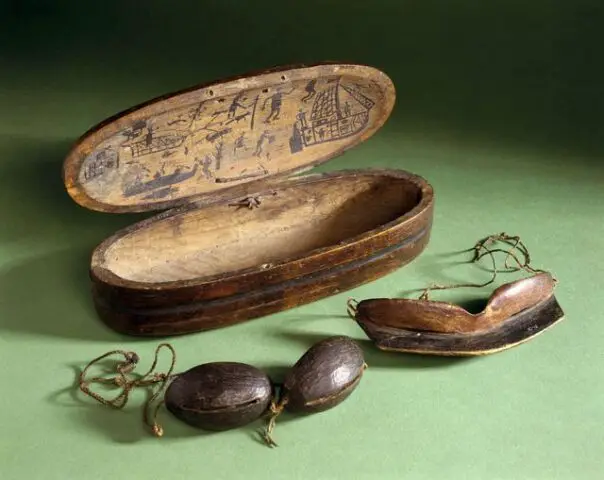
Among the artifacts designed to survive the long seasons with snow, there is a kind of lens to resist the reflection of the sun on the white surface. The glasses are made with wood or with the bones of the antelopes that lived in the area and had a thin opening through which one can look. But the structure reduces the impact of light reflection in the eyes of those who wear it.
Although similar inventions were developed over time in other regions of the planet, the principle of snow goggles to reduce the impact of the sun’s rays on the eyes -that is, ultraviolet rays- was the one that was developed at the beginning of the century. XX and that led to popularize sunglasses.
2.Kayak
Another of the challenges faced by the Innuit indigenous people who inhabited the north of the continent was finding food in the midst of a hostile environment. And water was the answer. In addition to the vastness of the ocean, the Innuit also had access to lakes and rivers. So they developed an individual boat out of seal skin and whale bones, in which they could go fishing directly on the surface of the water, propelled by oars.
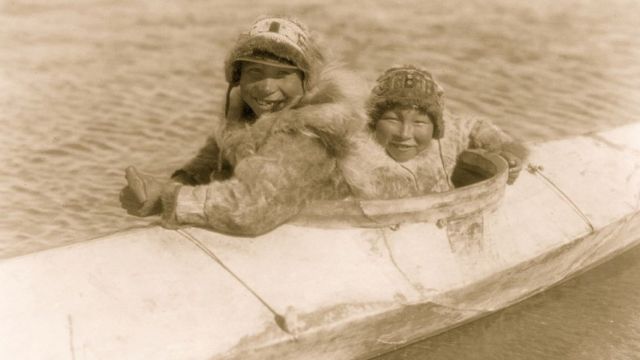
That boat, created about 4,000 years ago, was called a qayaq, which would eventually become a kayak. Its design and construction was so innovative that some have lasted up to 4 centuries. Today, kayaking is still used by the surviving Innuit communities in the Arctic, but it has also become a popular sport that has even reached Olympic level.
3. Suspension bridges
One of the wonders that the Incas and their powerful empire inherited from us was the development of roads that had the so-called suspension or rope bridges as a connection. These bridges – there were about 200 in what is known as the Tahuantinsuyo road network, which covered about 23,000 kilometers through Peru – are built based on the principle of the hammock; that is, a fabric that is supported by 2 points.
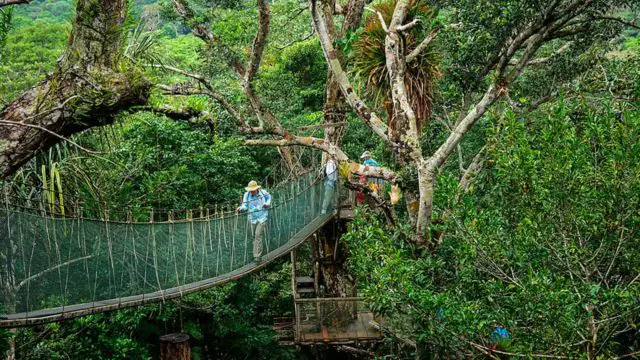
Although there are vestiges of the development of this technology in other parts of the world, the truth is that the development of the Incas occurred before the arrival of the Europeans in the New World. This technology is still used in many tourist trails around the world and served as the inspiration for the principles with which suspension bridges are developed in the great cities of the planet.
4. Pain killer pills
A culture of nature-based medicine developed in North America, the discoveries of which serve as the basis for many treatments today. One of them is the use of the plant known as Jimson weed, which has anesthetic properties when rubbed on wounds and serves to control pain. Although many years later, Jimson weed began to be used to produce scopolamine, which became a drug to, for example, make a person lose consciousness in order to commit a crime.
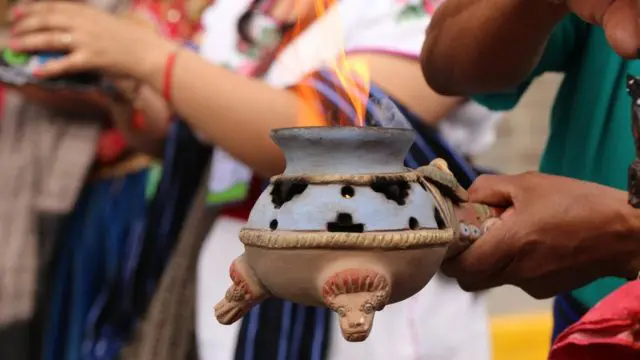
However, it was perhaps the use that Native Americans put to another plant that was fundamental to the creation of pain killer pills that we know today. This plant is the black willow. The indigenous people managed to extract traces of salicylic acid from the bark of this tree, which had healing effects and was used with those who suffered from muscle or bone pain. Well, this substance is the basis of aspirin, one of the most used drugs in the world to relieve pain.
5. Natural rubber
For centuries, Native Americans, especially in Mesoamerica, had managed to create a substance known as latex. This was extracted from a special type of tree that only grew on the mainland. The indigenous people in the Amazon called this substance “cautchouc”, which means “weeping tree”.
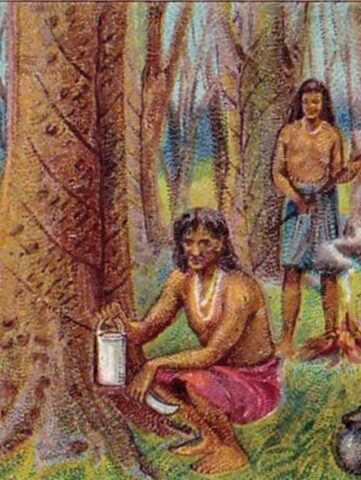
The use of this substance extended from coatings to waterproofing clay pots. Also for the manufacture of balls for games and sports that were practiced in different cultures, and even for the manufacture of a type of footwear.
Over time it has been possible to synthesize rubber and produce it artificially. But it was the Native Americans who marked the beginnings of the use given to this material today.
6. Tobacco pipe
It is well known that tobacco and its use were developed by Native Americans, especially those from the Caribbean and the north of the continent. They were the ones who designed a tool to smoke this herb, especially in a ceremonial way or to socialize among various tribes.
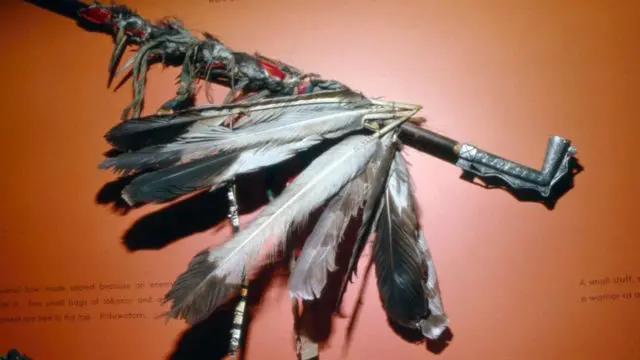
At first, the pipe was known as “calumet”, which translates as cane, and was a tool for ceremonial rites with tobacco. Over time it evolved into the pipe we know today and was very popular between the 19th and 20th centuries.

